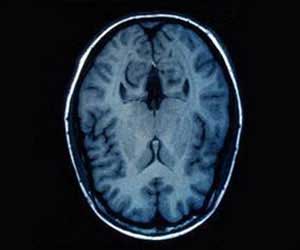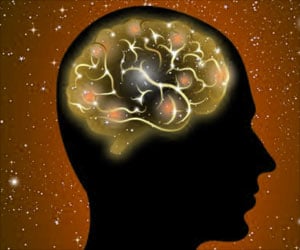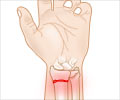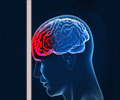Chronic traumatic encephalopathy (CTE), may affect people in two major ways: initially affecting behavior or mood or initially affecting memory and thinking abilities, reveals new research.

For the study, scientists examined the brains of 36 male athletes, ages 17 to 98, diagnosed with CTE after death, and who had no other brain disease, such as Alzheimer's. The majority of the athletes had played amateur or professional football, with the rest participating in hockey, wrestling or boxing.
The participants' family members were interviewed about the athletes' life and medical history, specifically dementia, changes in thinking, memory, behavior, mood, motor skills or ability to carry out daily living tasks. Researchers also reviewed the athletes' medical records.
A total of 22 of the athletes had behavior and mood problems as their first symptoms of CTE, while 11 had memory and thinking problems as their first symptoms. Three of the athletes did not show any symptoms of CTE at the time of death.
Those with behavior and mood problems experienced symptoms at a younger age, with the first symptom appearing at an average age of 35, compared to an average age of 59 for those with memory and thinking problems.
Almost all people in the mood/behavior group, or 91 percent, experienced symptoms of memory and thinking decline at some point, but fewer in the cognition group experienced mood and behavior symptoms throughout their disease, with 55 percent experiencing behavior symptoms and 64 percent experiencing mood symptoms at some point.
Advertisement
A total of 64 percent of the first group were described as being "out of control," compared to 27 percent of the second group, and 68 percent were physically violent, compared to 18 percent. A total of 74 percent were verbally violent, compared to 18 percent. And 86 percent had depression, compared to 18 percent of those with memory symptoms.
Advertisement
Source-Eurekalert












